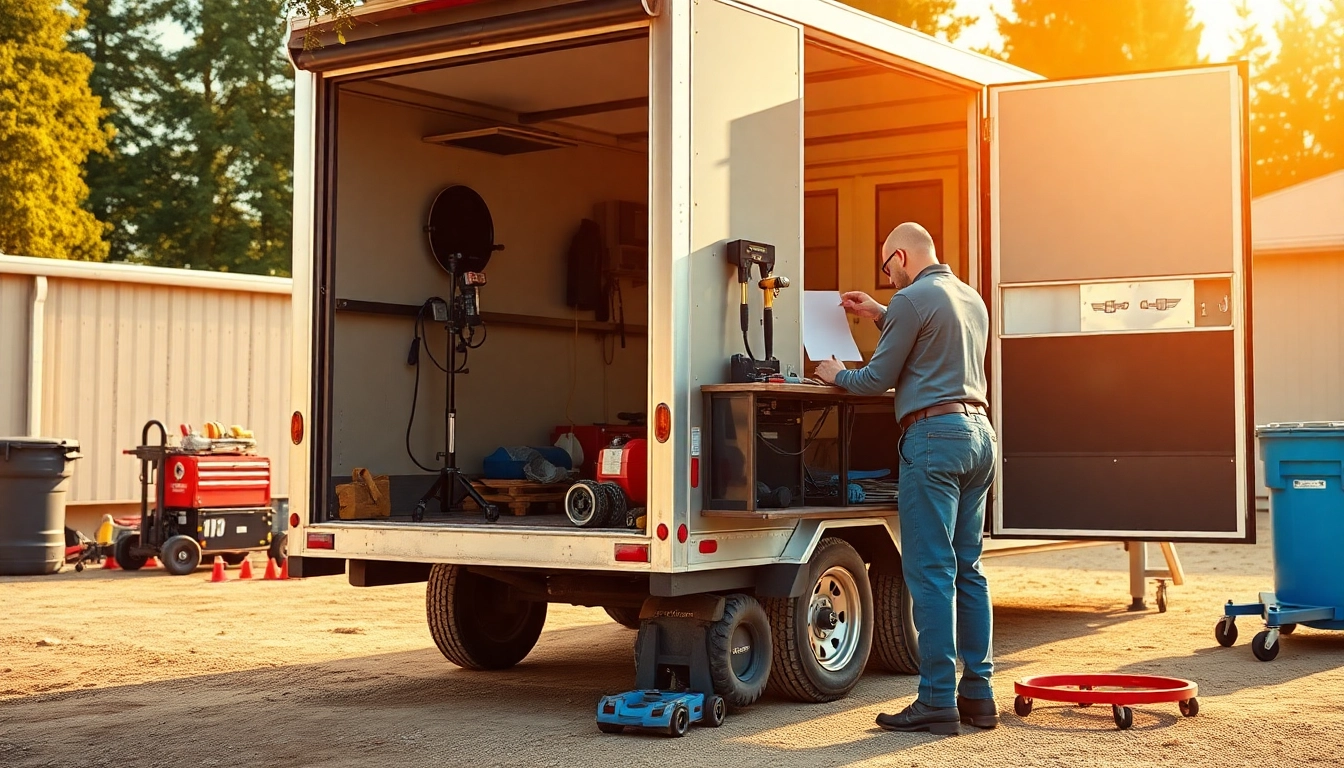Understanding Precision Die Cutting
Precision die cutting is a crucial manufacturing process that allows businesses to produce components with remarkable accuracy and detail. This technique involves using a specialized tool, a die, to cut materials such as paper, plastic, and metal into specific shapes and sizes. Leveraging advanced technology and innovative methodologies, precision die cutting ensures repeatability and uniformity in product output, making it an invaluable asset across various industries.
What is Precision Die Cutting?
Precision die cutting involves using dies—sharp blades shaped into a specific design—to cut through materials at high speed. The process can be performed using different systems, with the most common being flatbed and rotary die cutting. This advanced method is significantly more accurate than traditional cutting techniques, allowing for tighter tolerances, intricate designs, and higher quality finishes. The resulting products are typically used in applications demanding precision, such as packaging, automotive parts, and electronics.
Key Materials Used in Precision Die Cutting
Precision die cutting can accommodate a vast range of materials, which are chosen based on the specific needs of the project. Some of the most common materials include:
- Paper and Cardboard: Often used for packaging, brochures, and promotional materials.
- Plastic: Common in the production of containers, labels, and product packaging.
- Foam: Widely used in protective packaging and automotive applications.
- Rubber: Frequently utilized in seals, gaskets, and various industrial applications.
- Metals: Employed in making precision components for electronics and machinery.
Applications and Industries Benefiting from Die Cutting
The versatility of precision die cutting makes it applicable in various industries, including:
- Packaging: Custom packaging solutions that enhance product presentation and protection.
- Automotive: Manufacturing parts like gaskets, seals, and insulation components.
- Medical Devices: Creating efficient packaging or custom parts that meet strict regulatory standards.
- Electronics: Producing components such as insulating and protective materials for electronic devices.
- Fashion and Textiles: Crafting intricate designs for clothing, accessories, and fabric-based products.
Choosing the Right Die Cutting Method
When selecting a die cutting method, numerous factors must be considered to ensure optimal results for a given project. The two primary techniques are flatbed and rotary die cutting, each with its unique advantages and disadvantages.
Flatbed vs. Rotary Die Cutting
Flatbed die cutting uses a flat surface on which the material is placed, and a die is lowered onto it to cut the material. This method is suitable for thick, rigid materials and works well for complex designs. However, it comes with a longer setup time and may be less efficient for high-volume applications.
On the other hand, rotary die cutting employs a cylindrical die that continuously cuts materials as they pass through. This method is ideal for high-speed production and is highly efficient for larger quantities. Rotary die cutting generally produces smoother edges and is preferred for thinner materials, although it can be limited in the complexity of the designs it handles.
Determining the Best Technique for Your Project
Choosing between flatbed and rotary die cutting largely depends on the specifics of your project, including:
- Material type: Determine the thickness and flexibility of the material you’re working with.
- Volume: High-volume production often benefits from rotary die cutting due to its efficiency.
- Design complexity: Complex designs may be better served by flatbed methods, while simpler shapes might leverage rotary cutting advantages.
Factors Influencing Die Cutting Method Selection
Additional factors to consider include:
- Cost: Evaluate the cost-effectiveness of each method based on the required output.
- Speed: Speed of production can significantly impact delivery timelines.
- Tolerances: Consider the precision needed for the final products.
Benefits of Precision Die Cutting
Investing in precision die cutting offers a wide array of benefits that can enhance your manufacturing processes and product quality.
Enhancing Product Quality through Precision
One of the most significant advantages of precision die cutting is the high-quality output it ensures. The accuracy of the die-cuts reduces errors and inconsistencies, subsequently boosting the overall quality of finished products. This precision is paramount in applications where fit and finish are critical, such as in automotive or electronic parts manufacturing.
Cost-Effectiveness and Efficiency Advantages
When executed correctly, precision die cutting can lower production costs. The automation of the process reduces labor time and errors, contributing to increased efficiency. Bulk production also benefits from lower per-unit costs, especially when employing rotary die cutting techniques, where setup costs are amortized over larger production runs.
Rapid Prototyping with Precision Techniques
The ability to rapidly prototype designs is another essential benefit of precision die cutting. Businesses can quickly produce prototypes to test and iterate their designs before moving to full-scale production. This agility is crucial in dynamic markets where product development cycles can determine competitive advantage.
Common Challenges in Precision Die Cutting
While precision die cutting is beneficial, it is not without its challenges. Understanding these obstacles can help businesses prepare and implement effective solutions.
Material Thickness and Tolerance Issues
Different materials respond uniquely to die cutting processes. Materials that are too thick may not cut properly, while thin materials risk tearing or failing to cut cleanly. Furthermore, maintaining tight tolerances can be daunting, especially with complex designs where small discrepancies can lead to substantial performance issues.
Design Limitations and Solutions
Design intricacy can often be hindered by the limits of available die cutting technologies. Not every design can be executed reliably, particularly those requiring very tight curves or exceedingly small cuts. To navigate these limitations, designers should work closely with die cutting experts to iterate designs that push the envelope while remaining manufacturable.
Navigating Costs and Production Time
The initial costs of setting up for precision die cutting can be substantial, particularly when manufacturing custom dies. Companies must balance these initial costs against the long-term benefits of high-quality production and decreased waste over time.
Future Trends in Precision Die Cutting
The landscape of precision die cutting is evolving rapidly with the advent of new technologies and emerging market trends that are reshaping the industry.
Automation and Technological Advancements
Automation is making its way deeper into precision die cutting processes, enhancing throughput and accuracy. Advanced computer-controlled machines are revolutionizing production lines, allowing for high-speed processing of complex designs with minimal human intervention. The integration of AI and machine learning will further optimize these processes by predicting potential issues and promoting preventative maintenance.
Sustainability in Die Cutting Processes
Sustainability is becoming a critical focus within manufacturing. Companies are increasingly looking for eco-friendly materials that reduce environmental impact. Precision die cutting processes that minimize waste and utilize recyclable materials are gaining popularity, reflecting the growing consumer demand for sustainable practices.
Emerging Markets and Opportunities
The expansion into new markets presents a wealth of opportunities for precision die cutting manufacturers. Industries such as renewable energy, medical technology, and even aerospace are beginning to adopt die-cut components that meet their unique specifications and stringent regulatory requirements. As these industries grow, so too does the potential for precision die cutting applications.


